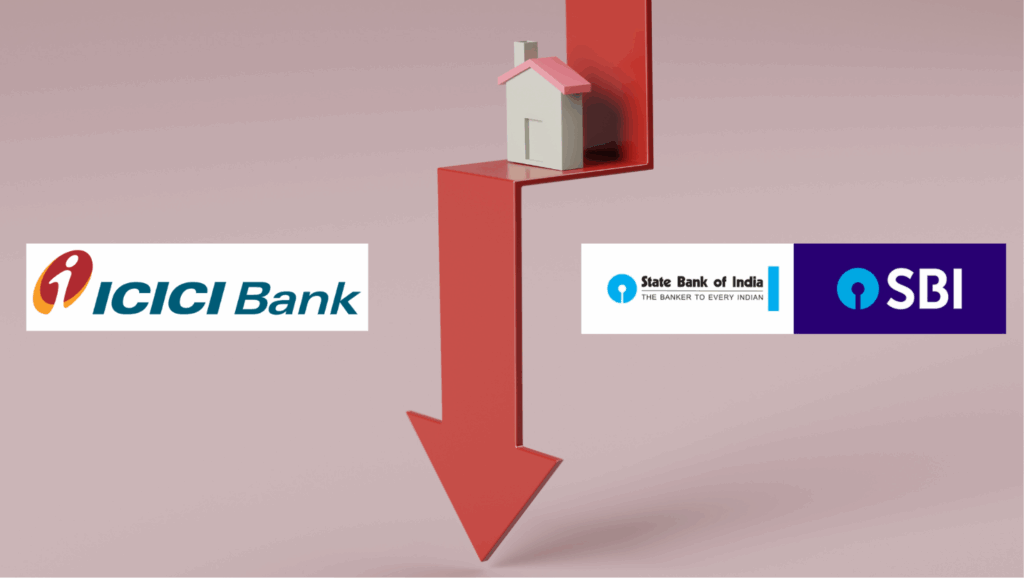
“Confused between ITR-1 (Sahaj) and ITR-4 (Sugam)? Learn key differences, eligibility, and which form to choose for FY 2023-24. Explore step-by-step filing guides, latest updates, and tips to avoid mistakes. Perfect for salaried individuals, freelancers, and small businesses. Maximize tax savings with the right ITR form!”
Filing income tax returns (ITR) is a crucial responsibility for taxpayers in India. Among the various forms available, ITR-1 (Sahaj) and ITR-4 (Sugam) are commonly used by individuals and small businesses. Understanding the differences between these forms and their eligibility criteria is essential for accurate and efficient tax filing. This blog post will delve into the key differences between ITR-1 and ITR-4, their eligibility criteria, and provide the latest data to help you make an informed decision.
What is ITR-1 (Sahaj)?
ITR-1, also known as Sahaj, is a simplified income tax return form for individuals who have income from salaries, one house property, other sources (such as interest), and agricultural income up to ₹5,000. This form is designed for resident individuals whose total income does not exceed ₹50 lakh during the financial year.
Eligibility Criteria for ITR-1 (Sahaj):
- Resident Individual: The taxpayer must be a resident individual in India.
- Income Limit: Total income should not exceed ₹50 lakh.
- Sources of Income:
- Income from salary or pension.
- Income from one house property (excluding cases where losses are carried forward).
- Income from other sources (excluding winnings from lottery and income from racehorses).
- Agricultural income up to ₹5,000.
- Clubbed Income: Income of spouse or minor can be clubbed if it falls under the specified heads.
Who Cannot File ITR-1 (Sahaj):
- Individuals with total income exceeding ₹50 lakh.
- Individuals with agricultural income exceeding ₹5,000.
- Individuals with taxable capital gains.
- Individuals with income from business or profession.
- Individuals who are directors in a company.
- Individuals who have invested in unlisted equity shares.
- Non-resident Indians (NRIs) and Resident Not Ordinarily Resident (RNOR).
What is ITR-4 (Sugam)?
ITR-4, also known as Sugam, is an income tax return form for individuals, Hindu Undivided Families (HUFs), and firms (other than LLPs) who have opted for the presumptive income scheme under Section 44AD, Section 44ADA, and Section 44AE of the Income Tax Act, 1961. This form is suitable for small business owners, professionals, and freelancers whose total income does not exceed ₹50 lakh.
Eligibility Criteria for ITR-4 (Sugam):
- Resident Individual/HUF/Firm: The taxpayer must be a resident individual, HUF, or firm (other than LLP).
- Income Limit: Total income should not exceed ₹50 lakh.
- Sources of Income:
- Income from business or profession computed on a presumptive basis under Section 44AD, 44ADA, or 44AE.
- Income from salary or pension.
- Income from one house property.
- Income from other sources (excluding winnings from lottery and income from racehorses).
- Agricultural income up to ₹5,000.
Who Cannot File ITR-4 (Sugam):
- Individuals with total income exceeding ₹50 lakh.
- Individuals with agricultural income exceeding ₹5,000.
- Individuals who are directors in a company.
- Individuals who have invested in unlisted equity shares.
- Non-resident Indians (NRIs) and Resident Not Ordinarily Resident (RNOR).
- Individuals with income from more than one house property.
- Individuals with taxable capital gains.
- Individuals who have income from lottery, racehorses, or other legal gambling activities.
Key Differences Between ITR-1 (Sahaj) and ITR-4 (Sugam)
- Income Sources:
- ITR-1 (Sahaj): Suitable for individuals with income from salary, one house property, other sources, and agricultural income up to ₹5,000.
- ITR-4 (Sugam): Suitable for individuals, HUFs, and firms with income from business or profession computed on a presumptive basis, along with income from salary, one house property, other sources, and agricultural income up to ₹5,000.
- Presumptive Taxation:
- ITR-1 (Sahaj): Does not apply to individuals with income from business or profession.
- ITR-4 (Sugam): Applies to individuals, HUFs, and firms opting for presumptive taxation under Section 44AD, 44ADA, or 44AE.
- Income Limit:
- ITR-1 (Sahaj): Total income should not exceed ₹50 lakh.
- ITR-4 (Sugam): Total income should not exceed ₹50 lakh.
- Agricultural Income:
- ITR-1 (Sahaj): Agricultural income up to ₹5,000 is allowed.
- ITR-4 (Sugam): Agricultural income up to ₹5,000 is allowed.
- Clubbed Income:
- ITR-1 (Sahaj): Allows clubbing of income of spouse or minor if it falls under the specified heads.
- ITR-4 (Sugam): Does not specify clubbing of income.
- Business Income:
- ITR-1 (Sahaj): Not applicable for individuals with business income.
- ITR-4 (Sugam): Applicable for individuals, HUFs, and firms with business income computed on a presumptive basis.
Step-by-Step Guide to Filing ITR-1 and ITR-4
Filing ITR-1 (Sahaj)
- Gather Documents: PAN, Aadhaar, Form 16, bank statements, and investment proofs.
- Log in to the Income Tax Portal: Use your credentials to access the e-filing portal.
- Select ITR-1: Choose the ITR-1 form for the relevant assessment year.
- Fill in Details: Enter personal information, income details, and tax deductions.
- Verify and Submit: Review the details, compute tax liability, and submit the form.
- E-Verify: Use Aadhaar OTP, net banking, or other methods to e-verify your return.
Filing ITR-4 (Sugam)
- Gather Documents: PAN, Aadhaar, business income details, and bank statements.
- Log in to the Income Tax Portal: Access the e-filing portal.
- Select ITR-4: Choose the ITR-4 form for the relevant assessment year.
- Fill in Details: Enter personal information, business income details, and tax deductions.
- Verify and Submit: Review the details, compute tax liability, and submit the form.
- E-Verify: Complete the e-verification process.
Common Mistakes to Avoid While Filing ITR
- Choosing the Wrong ITR Form: Ensure you select the correct form based on your income sources.
- Incorrect Personal Information: Double-check your PAN, Aadhaar, and bank details.
- Missing Deadlines: File your ITR before the due date to avoid penalties.
- Not Reporting All Income: Declare all income sources, including interest income and capital gains.
- Ignoring E-Verification: Always e-verify your ITR to complete the filing process.
Latest Updates and Data
As of the latest financial year, the Finance Act has introduced several changes that impact the filing of ITR-1 and ITR-4. One significant update is the amendment to Section 115BAC, which makes the new tax regime the default tax regime for individuals, HUFs, AOPs, BOIs, and AJPs. Taxpayers who wish to opt out of the new tax regime must explicitly choose the old tax regime while filing their returns.
Additionally, the presumptive taxation limits under Section 44AD and Section 44ADA have been revised. For small businesses, the limit has been increased from ₹2 crore to ₹3 crore, and for professionals, the limit has been increased from ₹50 lakh to ₹75 lakh, provided the amount received in cash does not exceed 5% of the total turnover.
Choosing the correct ITR form is crucial for accurate and efficient tax filing. ITR-1 (Sahaj) is suitable for resident individuals with income from salary, one house property, other sources, and agricultural income up to ₹5,000, provided their total income does not exceed ₹50 lakh. On the other hand, ITR-4 (Sugam) is designed for individuals, HUFs, and firms with income from business or profession computed on a presumptive basis, along with income from salary, one house property, other sources, and agricultural income up to ₹5,000, with the same income limit of ₹50 lakh.
By understanding the key differences and eligibility criteria for ITR-1 and ITR-4, taxpayers can ensure they file the correct form and comply with the latest tax regulations.
-

The $68 Billion Rupee Trap: How Stablecoins Could Silently Hijack India’s Financial Freedom
-

Why Your Safe Salary is Actually the Most Dangerous Gamble of 2025
-

The ₹1 Crore Trap: Why High Earners Are the New “Poor” and How to Escape!
-

The ₹8,600 “Glitch”: Did Starlink Just Reveal Its Hand or Was It All a Mistake?





























